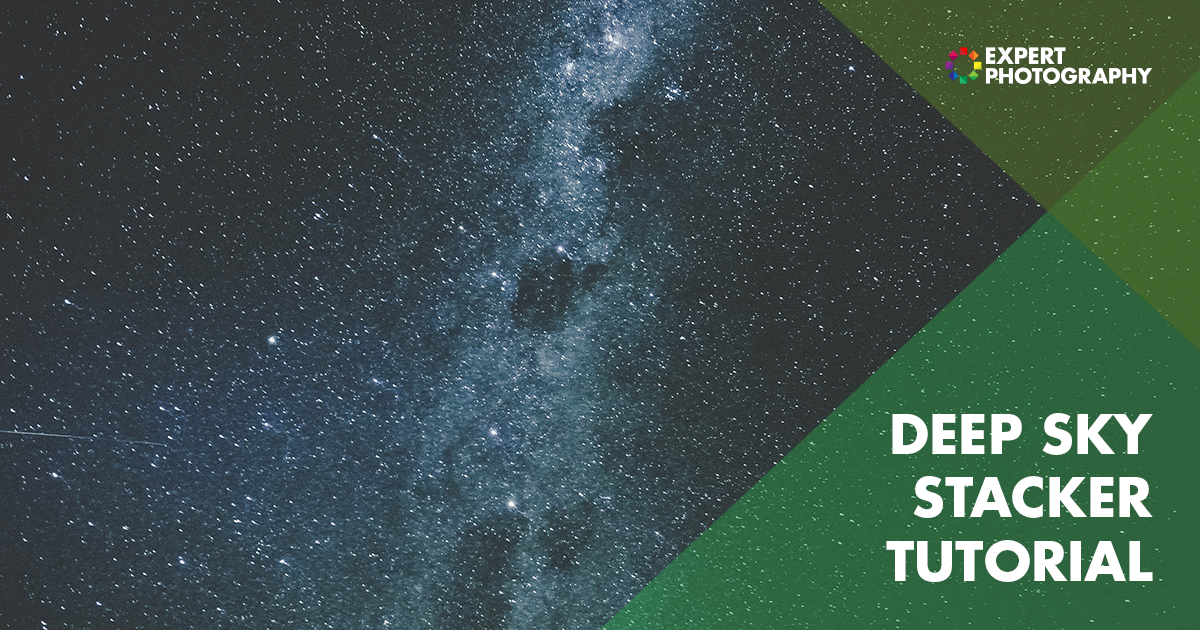

Insight Observatory’s ATEO-1 Remote Telescope with Image of The Horsehead Nebula Image Credit: Insight Observatory The observatory allows remote, electronic control of its roof, so you can remove it anytime for telescope operation without anyone physically onsite at the observatory. With remote astrophotography, you collect your image data using a telescope set up in a remote location.Īn observatory, usually located in a dark-sky location (whether an official IDA site or just a remote location with a very dark sky), houses the remote astronomy telescope. What is Remote Astrophotography and How Does it Work? So, regardless of your situation, having remote telescopes in your astrophotography toolkit can help expand the imaging options available to you. And you may need to contend with light pollution or sky conditions, which can make things more challenging.Īlso, one last thing: Even if you have excellent equipment and a great place for imaging, your particular combination of equipment, location, and hemisphere will always limit what you can capture. While you can certainly do astrophotography in your backyard, it takes time and effort each time you want to set everything up. (For example, a dew control system, filters, reducers, field flatteners, correctors, etc.)įinally, you’ll need a place to set up your equipment. Third, you’ll need a suitable camera and several other accessories.

Second, in addition to the telescope for astrophotography itself, you’ll need a smooth computerized mount capable of being auto-guided with the help of a secondary guide scope. However, as amazing as it feels to do astrophotography on your own, it’s also a hobby that can get … well … expensive.įirst, the best astrophotography shots require a high-end apochromatic refractor telescope, or a fine-tuned astrograph reflector with precision-built optics. There’s something uniquely satisfying about using your own equipment and software (plus some patience and skill) to capture a stunning image of a galaxy or nebula in deep space. Beckwith (STScI) and the Hubble Heritage Team (STScI/AURA) Messier 51 (The Whirlpool Galaxy) Image Credit: NASA, ESA, S. Why Consider Doing Astrophotography with a Remote Astronomy Telescope?
#IMAGE STACKING SOFTWARE ASTROPHOTOGRAPHY HOW TO#
How to Get Started: Online Options for Remote Astrophotography Telescopes.It’s Also Great for Experienced Astrophotographers, Teachers, and Students.It’s a Good Way for Beginners to Get Started.Advantages of Using a Remote Astrophotography Telescope.What is Remote Astrophotography and How Does it Work?.Why Consider Doing Astrophotography with a Remote Astronomy Telescope?.


 0 kommentar(er)
0 kommentar(er)
